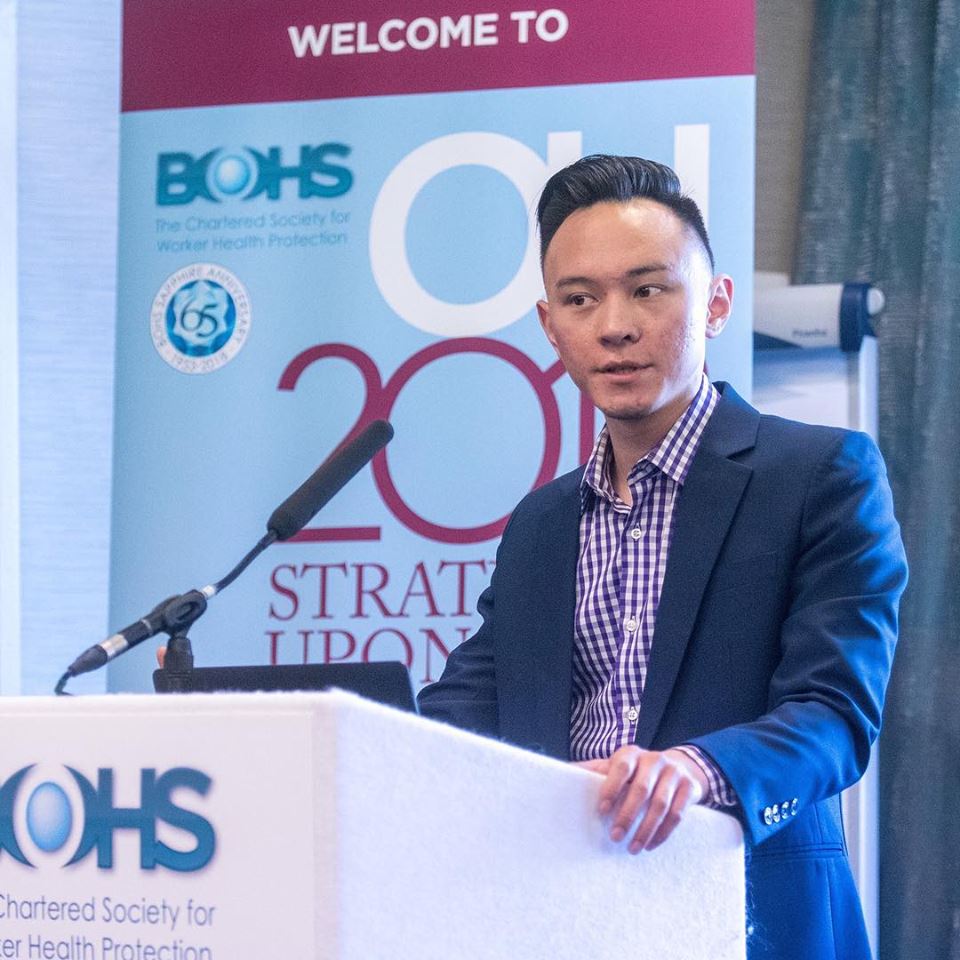
I recently had the pleasure of attending and speaking at Occupational Hygiene 2018, the annual BOHS conference in Stratford-Upon-Avon, which brought together some of the best minds in occupational hygiene. This was my first conference with Cority, so I went to as many presentations and took as many notes as I could. So, without further ado, here are two key mental health takeaways from the conference that I’d like to share with you:
Takeaway #1: Organizations need to invest more in mental and emotional health in the workplace.
As a consultant for workplace mental health and former Global VP of HR at Unilever, BOHS presenter Geoff McDonald said that employees with physical illnesses can get help relatively easily, but employees with mental illnesses find it much harder to ask for help due to social stigma. Conversely, most organizations have physical health resources for employees, but not enough emotional and mental health resources.
He said that most wellbeing initiatives that organizations invest in are not sticking. Providing healthy snacks in meeting rooms and throwing a wellbeing event may pay lip service to employee wellbeing, but it doesn’t actually do the trick.
So, what is required for successful wellbeing initiatives? For starters, there needs to be organizational accountability. We have organizational accountability for safety, but none for enhancing workers’ mental health. Similarly, organizations also need to foster a culture where employees are accountable for their own mental health.
Mental health is a leading cause of sickness, and unhealthy employees are more likely to burn out and quit. For businesses, rehiring and training new employees can cost 21% of that employee’s pay.
Geoff mentioned a few critical success factors that are necessary:
- Organizations must start with changing the culture of how we talk about mental health at the executive leadership level
- Organizations must educate employees about mental health. We have a vacuum around mental health education, and that vacuum is filled by stigma
- We need to create a positive narrative for mental health. Currently the stereotypical image of it is negative: when you think of mental health, you imagine a black and white image with people sitting in a corner looking depressed.
Takeaway #2: Employees’ energy levels are the number one performance driver.
Geoff McDonald argued that today’s most limiting resource in organizations across every industry is employees’ energy levels. Many are close to burnout or are already burnt out. So why should we care about energy? Geoff said the reason we should care is because energy is the #1 performance driver in the workplace (more important than skill, knowledge, etc.). So why are organizations draining energy from their employees rather than fostering its development?
We track skills, knowledge, performance, and other KPIs, but we do not track employee energy levels. Why is this? We used to lack knowledge on what gives people energy, but now we know that it is a combination of physical health, emotional health, mental health, and a sense of purpose. We couldn’t measure this before, but now we are able to do a gap analysis to measure energy.
If employees do not have certain skills, managers and HR will invest in providing these skills. This is the same mindset that organizations should have for employee energy levels. In an ideal world, organizations would implement worker well-being programs, which includes identifying and tracking employee energy levels, having periodic discussions with employees, providing training and resources, and help struggling employees cultivate higher energy levels.
Geoff also stressed the importance of investing in mental health. If we don’t build a culture that is able to talk about mental health without stigma, then we can’t fully maximize worker energy levels; because to talk about energy levels, you must talk about mental health.
Learn More
For more information on starting the mental health conversation in your organization, download our whitepaper, Mental Illness and Occupational Health.












